Marklin Crocodiles: Genealogy of the Swiss CCS 800 Locomotive
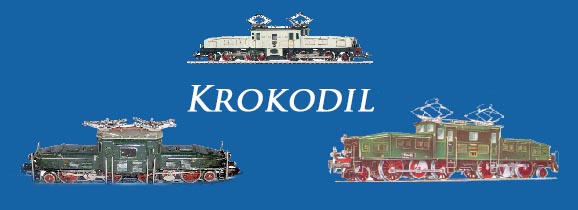
The CCS 800 Swiss crocodile is perhaps one of the most beautiful and exotic-looking locomotives of the time. Its articulated design makes it an engineering marvel. Seeing it traverse the mountainous regions of Switzerland must have been an incredible sight! Without question, the scale models produced by Marklin of this Swiss legend for almost a century paid close attention to detail and design. Starting with the large gauge crocodiles and into the CCS 800 and 3015 in HO scale, Marklin modeled this loco masterfully. Collectors around the world cherish Marklin CCS 800 crocodiles for their incredible design and aesthetic appearance. Whether in green, brown, or white livery, each locomotive is an absolute treasure to behold! Don’t yet have a Swiss beauty in your Marklin collection? There are always many rare Marklin crocodile locos available for sale on eBay at any given time.
Swiss crocodile prototype designs
The SBB (Swiss Federal Railways) first ordered a prototype locomotive, named SBB-CFF-FFS Ce 6/8 I number 14201, in early June 1917. These first production “Krokodil” locomotives were built between 1919 and 1927. The original full-production run produced 33 class Ce 6/8 II and 18 class Ce 6/8 III locomotives, making a total of 51 locomotives. These locomotives, with their articulated “noses” and many axles, had incredible pulling power and hauled heavy goods trains, commonly including coal cars, on the steep tracks of the Gotthardbahn originating in Lucerne. This route also went through the famous Gotthard Tunnel in the middle of the Swiss Alps.
Early beginnings of the Marklin crocodile design
Some of the earliest models with semblance to the Marklin crocodiles were actually so-called “alligator” locomotives. These locomotives were first produced in the early 1920s. In HO scale this kind of design would be shown in the SE 800 or SET 800 locomotives. The SE 800 or SET 800 locomotives are not meant to be a “mini” crocodile. Instead, these are made after the German “E44”-class locomotive. They are also called “Eisenschwein” – “metal-pig”, or “rail-pig” depending on the translation.
In the 1934 catalog we can see the Gauge 1 crocodile numbered CCS 66 12921. This locomotive is highly sought after and fetches incredible prices at auction. Since such toys were relatively expensive and only within reach for wealthy families, some collectors surmise that less than a few hundred examples were original sold around the world.
What makes this locomotive easily recognizable from its smaller cousin the O Gauge CCS 66 12920 locomotive is the dual-motor design. Each articulated leg of the locomotive has its own motor that powers the two main drive axles. Since there are two motors in this locomotive, each opposite side of the locomotive has visible brush covers. This makes servicing of the motor and brushes very easy as they are accessible without having to remove the articulated section bodies.
Marklin CCS 800 in HO Scale
Although Marklin survived the War, its plans for a CCS model in HO scale were significantly delayed. Its pre-war plans for an HO crocodile were not realized until its release of the CCS 800 in 1947. The first prototype of this model carried the number CCS 700 from the pre-war years. Only one example is known which remains today in the Marklin museum in Goppingen. Based on the black claw couplers this locomotive likely dates from 1936 or 1937. Although the pantographs pose a slight discrepancy as they are not the version from the RS 700, but rather appear to be from the RS 800 model which was first conceived in 1938.
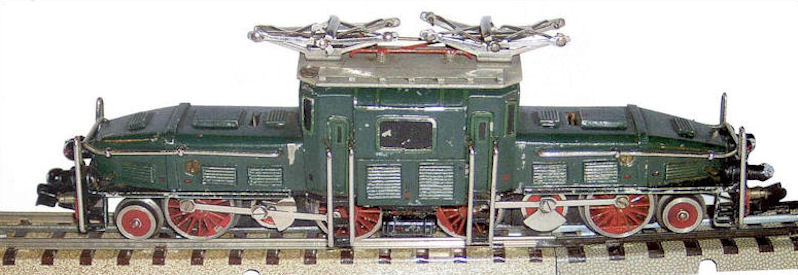
Marklin produced Version 1 of the CCS 800 in 1947. This first version is distinct from later variants .2 and .3 because of its Schlitz Schrauben or slotted screws that secure the side linkages to the wheels. Later versions .2 and .3 produced in the following years had hexagonal screws. There is also a slight color difference between the first version and the next few subsequent versions. The first version also has the rare first version of the Type 4 pantographs which are slightly different in design.

Several first version locomotives have shown up in the USA and in the UK more regularly than other locations around the world. Most likely, they were sent to these markets as a test – to see how well they might sell as new products. 10 or 20 might have been sent at a time to foreign dealers to see how the market reacted, since this was Marklin’s first sale of a crocodile in HO scale after all.
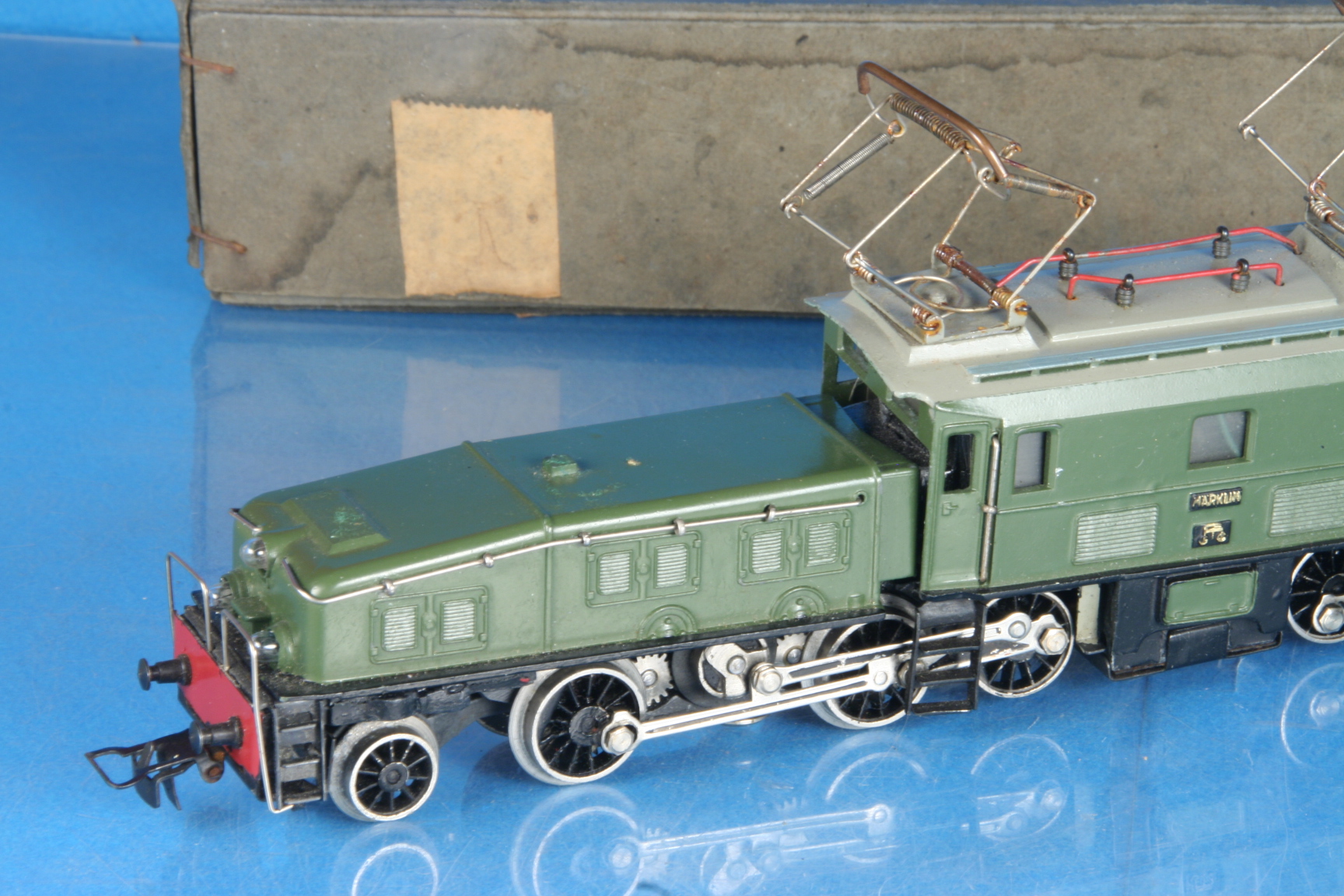
In the year 1949 the model CCS 800 was reinvented in a new design with engineering elements more similar to the other “Super Model” introduced in the late 1940s. In the first few years the only change to the new model was the addition of the sandboxes with grooves and a different lamp holder design. The earliest version of the 3015/CCS 800 even feature some of the same parts as the earlier CCS 800. Such parts include the trailer trucks which were often badly affected by zincpest. Variations on the design were often so subtle that some collectors revert to weighing the locomotive to determine the exact version! The CCS 800 and later 3015 (re-numbered in 1957) locomotives underwent subtle changes over the years up to 1958.
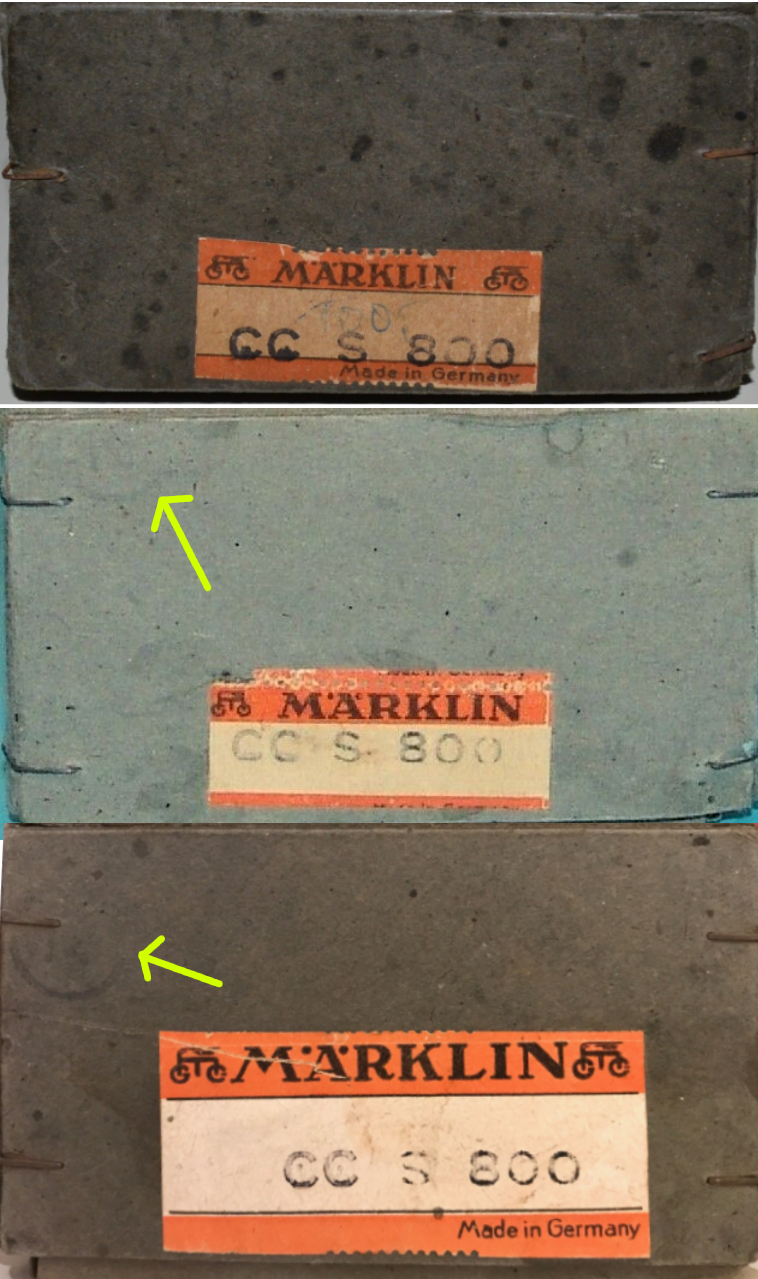
1950: A Redesigned Marklin CCS 800
The initial design of the Marklin CCS 800 crocodile was quite problematic as anyone who has attempted to restore one of these locomotives will tell you. The frames and housings require very little tolerances – even 1mm warping and the gears will not mesh and your loco is dead on the tracks. As with many other locos, Marklin redesigned the CCS 800. What’s most intersting about the crocodiles from the 1950 – 1955 period is that likely not many were produced as we can see that parts from these locos were shared between all 5 years of production. Additionally, the printed instruction sheets show that, so far the CCS 800 instructions have print editions from 1951, and then 1955! So evidence shows there were no ’52, ’53, or 54 printed instructions. Using print codes we can also determine the quantity of instruction sheets printed for each year.
| Print Code and Language | Quantity Printed |
| CCS A 1147 r deutsch | 5,000 |
| CCS O 1147 r französisch | 2,000 |
| CCS A 0848 r deutsch | 5,000 |
| CCS TN 0848 r deutsch | 10,000 |
| CCS O 0948 r englisch | 2,000 |
| CCS O 0948 r französisch | 2,000 |
| CCS TN 0149 r deutsch | 10,000 |
| CCS A 0149 r französisch | 5,000 |
| CCS A 0249 r englisch | 5,000 |
| CCS TN 0251 r 3-sprachig | 10,000 |
| CCS Y 0355 j | 3,000 |
| CCS O a 0356 i | 2,000 |

In addition to the lack of newly printed instruction sheets, we also know that boxes were shared among CCS 800 locos. This example below was purchased as part of a large collection all with original boxes and untouched by the original owner. This CCS 800 came in a box stamped 1951 (and corresponding instruction sheet), but with features of a later 1954 loco.
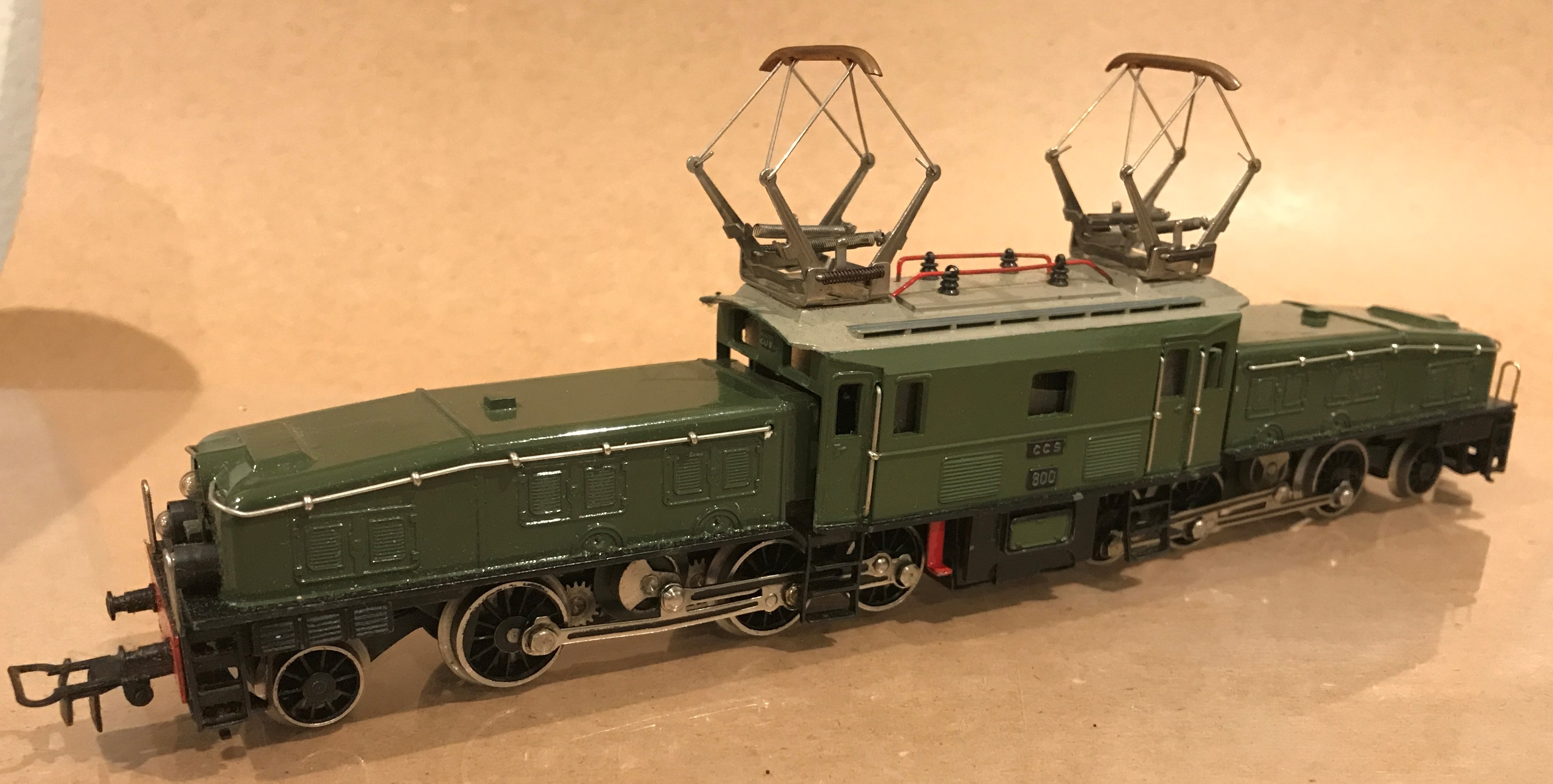
| Version | Year(s) | Notes |
| CCS 800.4 | 1950 | Gold inscription. Pantographs 4.1 |
| CCS 800.5 | 1951-1953 | Gold inscription. Pantographs STA 5 (copper tipped) |
| CCS 800.6 | 1954 | First year with silver inscriptions. Can be packed in an earlier box, all the way back to 1951. |
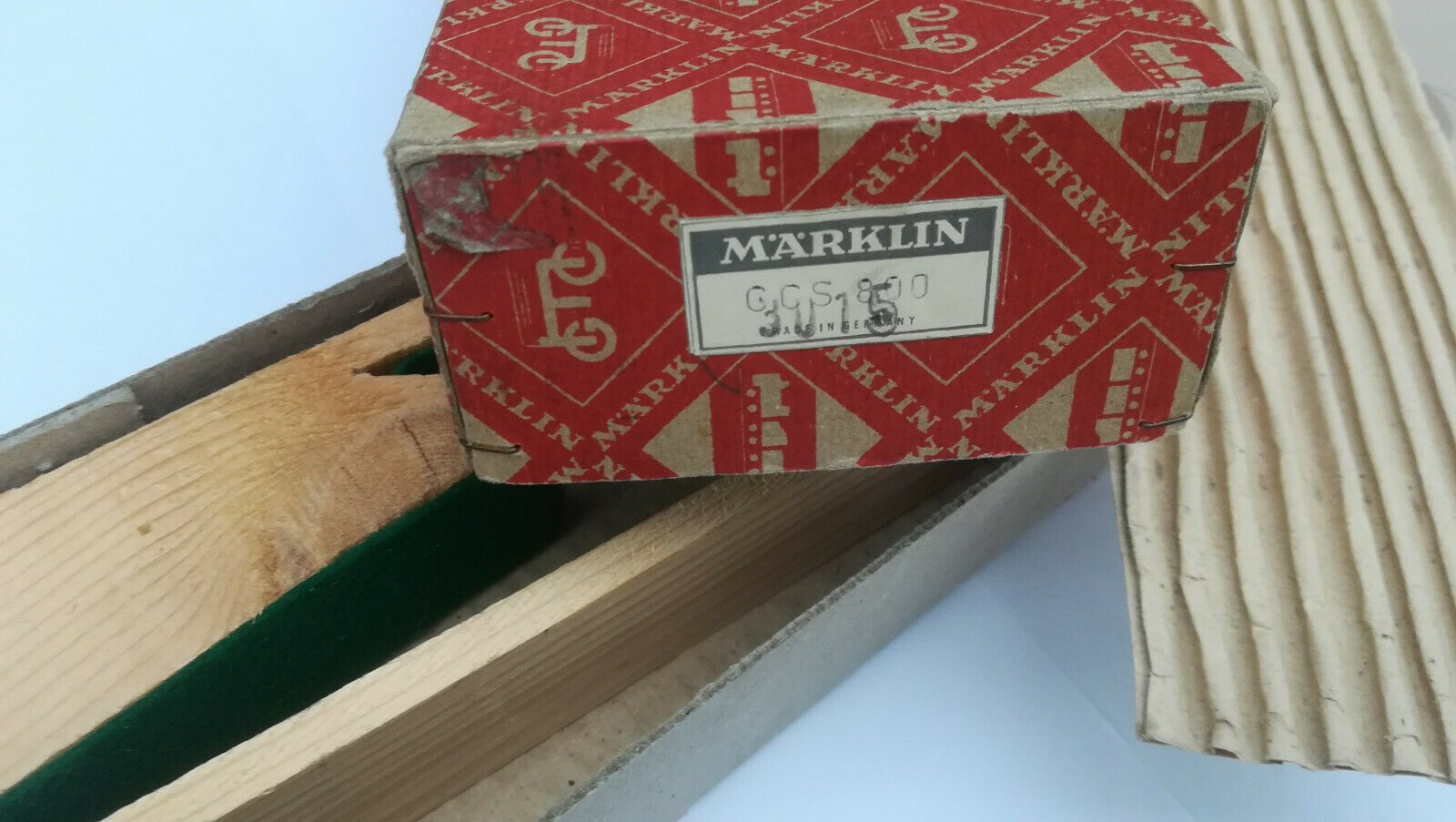
“Snow White” crocodiles for New York Central Lines
Special versions of the Swiss crocodile were produced in a snow-white color scheme for the American market of the railway New York Central Lines. Only one or two examples still exist of the CCS 66 12920 in white. One is in a museum in Belgium of a famous collector who has the locomotive displayed in a private museum display. American distributor Richard Marklin ordered this locomotive specially for the American market. Several manufacturers including Emil Valker of Santhion in Hungary produce a replica of this locomotive in O Gauge. There are no known Gauge 1 variants of this white-painted crocodile but manufacturers have produced this locomotive as a dream-creation as well.
For its 50th anniversary of producing the legendary crocodile, Marklin made the models 30159 and 36159 in 1996. These locomotives were in brown livery and the other in the same construction as the original 3015. Later in 2009, to celebrate the 150th anniversary of the founding of the Marklin firm, they produced two models faithful to the original one. These locomotives came as part of the boxed set 31859. One locomotive in this set was in white livery for the New York Central Lines. This locomotive carries semblance to the special-order locomotive in O Gauge mentioned earlier. Marklin formed its business in 1859 and as a tribute to this, they made the set in a limited edition of just 1859 units. In the summer of 2009, Marklin presented the same set with different numbers, under set number 31860. Marklin limited the production of this set to just 500 units.
Crocodiles in the smallest Z scale
With the introduction of Z scale in the 1980s, Marklin of course had to produce a mini-sized crocodile. Despite the challenges of building a difficult and intricate articulated design on such a small platform, Marklin achieved its goal. The Swiss Era II 91mm number 88563 of prototype Ce 6/8 III became the pinnacle of Marklin’s engineering effort in Z scale.
Replica Marklin crocodiles
The Italian manufacturer Biaggi run by Francesco Biaggi produced a wonderful Gauge I crocodile with semblance to the original Marklin crocodile. Its design and styling are exquisite, just like the original. The best produced models from Biaggi have a wonderful shine from the hand-lacquering as did the Marklin locos from the time. Jim Kelly-Evans from TinplateTimes.com has done a wonderful video showing his Biaggi crocodile in operation on his layout:
Well-known producers Selzer and HEHR also produce Marklin crocodiles in O Gauge. The manufacturers Thul, Twerenbold, Langefeld, and Santhion of Hungary are also known to produce high-quality reproduction crocodiles. A controversial topic with regard to Marklin crocodile reproductions is the use of the Marklin bicycle insignia on hood of the articulated “legs” of the crocodiles. Most manufacturers leave out this insignia to avoid any potential confusion or copyright infringement. However, some manufacturers include the insignia or add the insignia after normal production.
Another such notable manufacturer with roots in Switzerland where these locomotives were original produced is Elektro Keiser (Alois Keiser). The A3/5 Nr. 700-811 Crocodile was produced in O Gauge possibly in the 1940s or 1950s. The massive, highly-detailed engine measures approx. 18-inches in length.
While many collectors like their replicas exactly like the original, this presents potential problems with fakes and forgeries. When collectors cannot easily differentiate a reproduction from an original there is potential for disappointment.

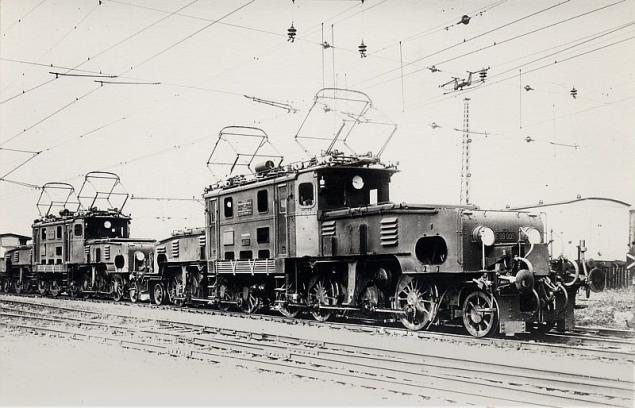
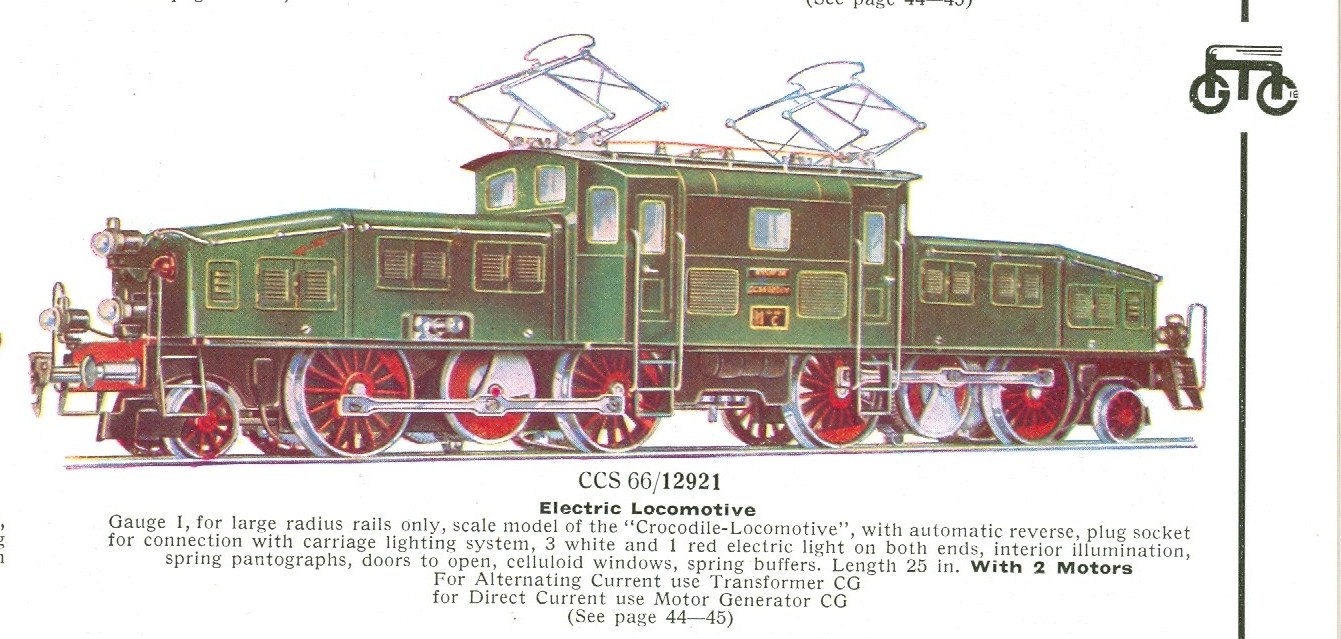

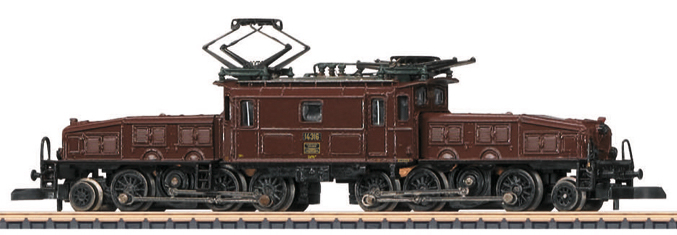
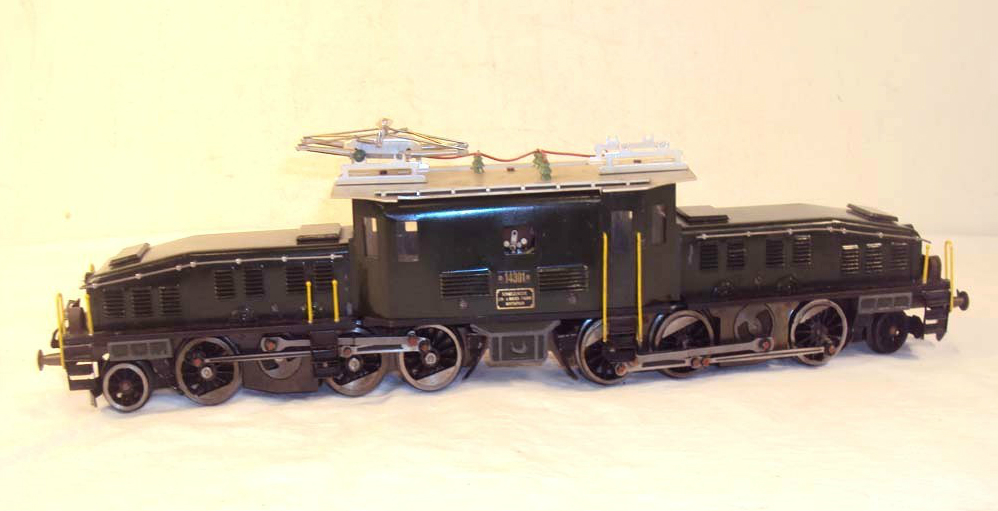

Excellent article on crocodiles!
Glad you enjoyed it! And thank you for producing that wonderful Biaggi video!
Hello,
I was hoping you might have a stab at identifying all the versions after v3. I appreciate that you talk about the sandbox but as far as I’m aware that’s only in v.4 and then again on the 3015 from 1955(?).
The ideal would be a photo of each one. I can supply a v.4 (with zinc pest alas)
Dear Paul, thank you for another nice Märklin-article and for letting me read all this! Just one minor remark from my side – the SE 800 or SET 800 locomotives are not meant to be a cheap crocodile – these are made after the German “E44”-class, these are pretty much scale models. They are also called “Eisenschwein” – “metal-pig”, or maybe “rail-pig”.
Thank you, Stephan. I’ve updated the article to include information about the class E44 locomotive design.
A great story about the greatest of Marklin locs! Thank you very much.
Perhaps a minor addition:
I read the following story (Greenberg’s guide to Marklin 00/H0, p. 42:
In 1976 Markin re-introduced the Crocodile, but with a plastic upper structure and a grey (instead of black) underframe!
This caused so much anger in the world of crocodile-lovers and the model did not sell well. The firm decided to accept the return of this model and to discontinue this plastic version with grey underframe and all grey metal frames were destroyed……The trash bin was later raided and the grey underframes re-glued. If one finds any of these crocodiles it usually has a glued grey underframe.
Unfortunately
Interesting history, very informative. I like your inclusion of other model makers; I would have included Keiser-Zug in that list–their crocodiles are all metal, coarse scale, very comparable to those of Marklin and were actually built in Switzerland.
Thanks, Scott. I just added a paragraph and photograph to represent the models of Alois Keiser. They certainly are wonderful models similar to Marklin!
Here is an overview of all G1 and HO models
CCS66 12921 Grn tinplate green 2 motors Gauge 1 scale 1934
CCS700 12921 Grn tinplate green 2 motors 1947
CCS800 3015 grn tinplate green 2 motors 1948
3015/CCS800 grn Metal green central motor not on scale 1957
3015.8/CCS800 12920 metal green or white centr mtr analog no to scale
3015.10 3015 grn Metal green w central motor analoge not to scale 1962
x 3015. 11 3015 grn Metal green w central motor analoge not to scale 1965
xx 3056.3 13302 grn Plastic. green analog
x 3352 14301 bwn metal brown analog
x 3356 13302 grn metal brown and green analog
3556 14305 grn/mtl Metal/plastic White Henry Dunant red Cross version (by Schwieger Nuremberg)
3652 14301 Bwn metal brown Dig Fx
3756 13305 Grn metal green analog
5558 14282 Grn metal green analog Gauge 1
3756 13305 Grn metal green DCM 5-pole mtr Be6/8 and Ce 6/8 digital No MFX
x 8356 13302 Grn plastic green analog Hamo DC
30159 3015 Bwn metal Brown analog central mtr. Not to scale 1996
31859 NYClines Wh/Grn/Brn metal brown and green 150 yr Marklin NYC centr. Mtr analog not to scale 2009
31860 NYClines Wh/Grn/Brn metal white 150 yr Marklin NYC centr. Mtr analog 2009
32000 / Mtl Ti Millenium platinum precious metal white model sine motor Dig. 2000
36159 3015 Bwn metal brown centr mtr digital not on scale 1996
37564 14305 Blu metal blue MFX
37565 14268 Bwn/Grn metal green and brown w SDS motor MFX full snd
37566 13257 metal green 2 motors
x 37567 13267 metal black 2x C-sine motors MFX sound
39560 14310 metal green C-sinus motor Digital no MFX
39561 14316 metal brown C-sinus motor Digital no MFX
39563 14307 metal green w SDS (C-sine) motor MFX lim snd
39564 1859 black metal black MFX sound C-sine motor
x 39565 14303 metal brown, 2x C-sine motors w MFX full snd
39566 14271 metal brown 2x C-sine mtr MFX+ snd
39569 14310 metal green weathered snow
55565 NYClines metal white MFX full snd Gauge 1
x 31100.2 14305/31100 Metal green central motor not on scale MFX no snd (2016 edition w Da890) 2016
Good article. May I suggest that the 0 gauge version of the crocodile CCS 66/12920 was also equipped with two independent motors. I do not have one in my collection but this is how it is described in the period catalogue.
Can you explain what the Hamo in “x 8356 13302 Grn plastic green analog Hamo DC” relates to?
Further would this loco run on Marklin M track in analog mode?
The article states the loco is articulated – does this refer to the body and chassis and/or just the driving wheel boogies.
Thanks for an interesting article.
It represents exact construction of the prototype Be 6/8 III No. 13302 locomotive with both noses articulated. And based on its weight it looks like a diecast model. Unfortunately, the handrails around noses ate not separately attached parts, but an imitation. Yeah, it is an old school model, one nose powered, and it runs noisy. However, the model is not a plastic one, it is a die cast model.
A very interesting and informative write up on the Marklin crocodile locomotives.
I am from India and looking to add a 3015 to my collection of Marklin HO locomotives.
They are expensive due to the conversion rate of currency. Hope I can manage to procure one someday.
Thanks again for the lovely article.
The wildest Marklin smile of all is the 1st handsample with the very short center section !